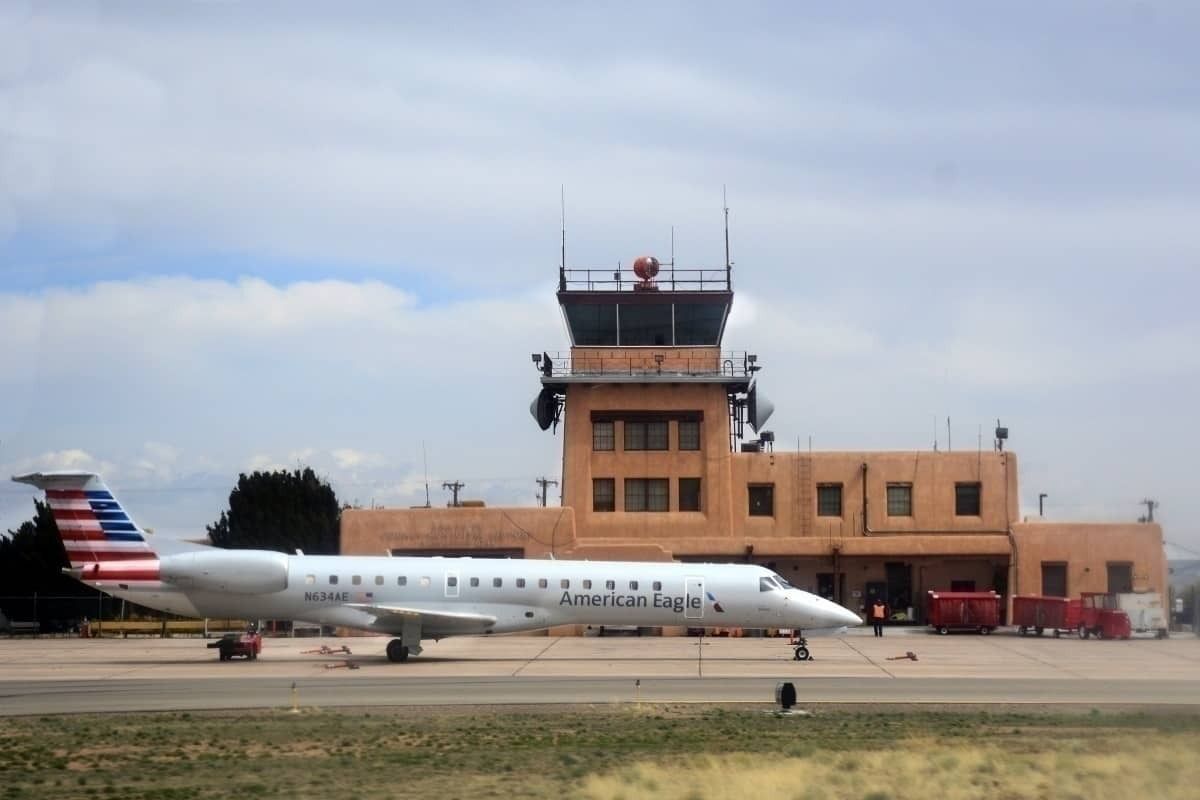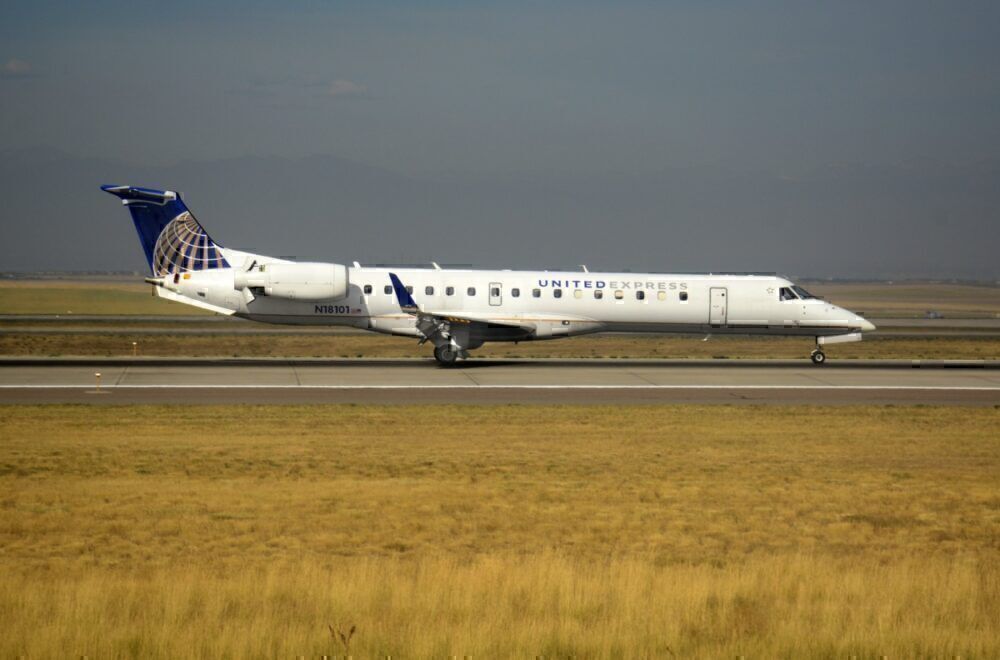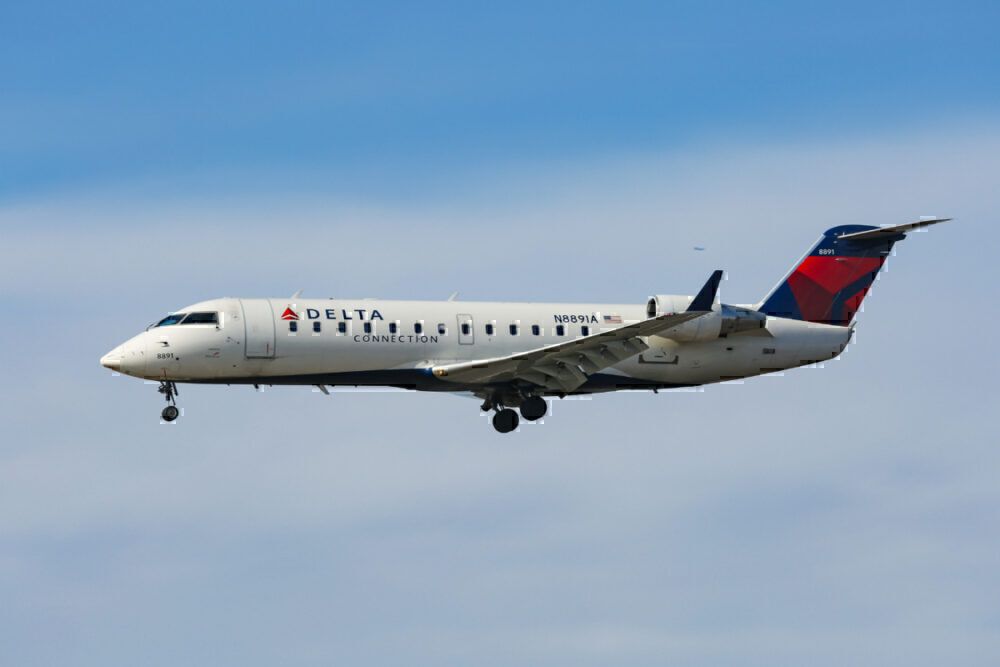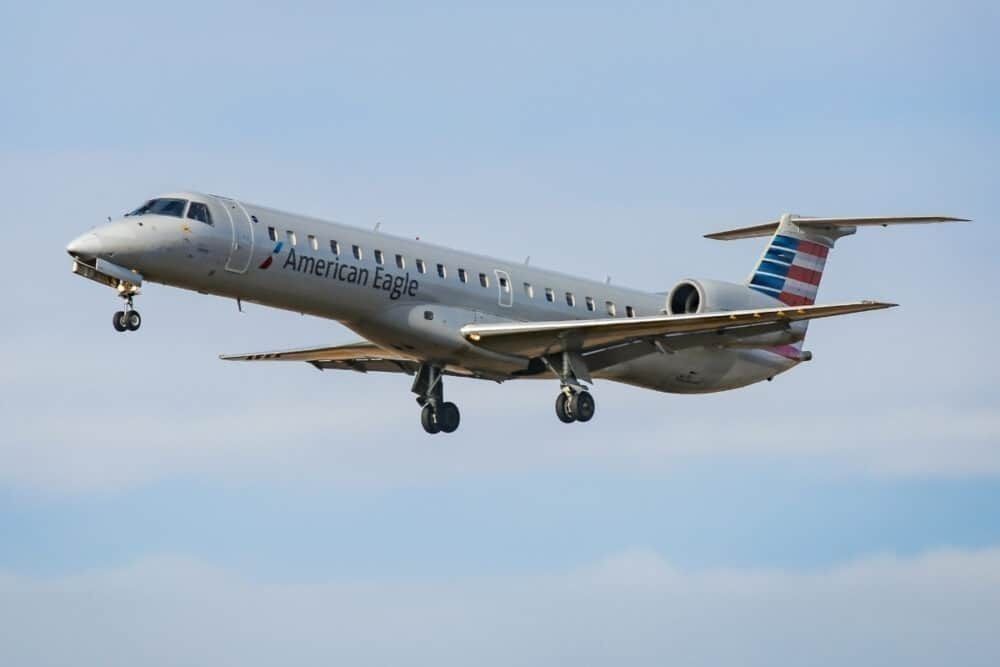A confluence of unique factors is leading up to what could be a disappointing loss in service for regional airports around the country. Most of these airports have worked tremendously hard to get airlines to launch flights, often using expensive and hefty subsidies to get planes in and out. But, with federal aid and route requirements set to end on September 30th, October is looking like it will be a rough month for regional airport service.
Regional airports have a tough time attracting and maintaining service
Take, for example, an airport like Williston Basin International Airport (XWA). According to a press release celebrating the groundbreaking ceremony of the airport, the total cost for the project was $240 million. That eventually swelled to about $275 million. Williston Basin International Airport opened up back in 2019, with United Airlines becoming the first to use the airport.
Stay informed: Sign up for our daily aviation news digest.
Along with United, Delta Air Lines also flew to Williston from its hub in Minneapolis. Now, in 2020, only United Airlines remains with service on one daily flight between XWA and Denver International Airport (DEN). At its peak, United operates up to four daily flights with a mixture of ERJ-135/-145 and Embraer 175 jets.
With travel demand at its lowest point in recent years, there's not much Williston can provide in terms of passenger demand. According to an estimate from the US Census Bureau, Williston has a population of around 29,000, while the county it is in has a population of just under 38,000. That is a pretty small customer base as is for United.
Delta already exited the market this July and has not introduced plans to reinstate services. The small market also explains why other large carriers like American Airlines and Southwest Airlines have shied away from the airport. When cash preservation is key, operating relatively empty flights to a small airport that may or may not provide adequate subsidies to cover the flights is a risk not worth taking for these carriers.
Airlines have already indicated they have little interest in serving these cities right now
American Airlines outlined 15 regional destinations it will cut. While it backtracked on one, that is still a sizable number of cities. Most of these localities are quite small in terms of population, and, with already reduced demand, it does not make much sense for the airline to run a loss on those routes with empty planes.
Earlier this year, the DOT allowed airlines to cut some more destinations from their route networks. Major airlines asked to cut some of the smallest regional destinations. For example:
- United asked to cut service to cities like Ithaca (NY), Kalamazoo (MI), and Rochester (MN)
- Delta asked to cut services to places like Erie (PA), Fort Smith (AK), Scranton (PA), and Lincoln (NE)
- American asked to cut services to cities like Aspen (CO), Eagle (CO), and Worcester (MA)
There is not enough demand to justify a lot of these flights, leading airlines to end services. And, once government money runs out, it makes little sense for airlines to continue to run a loss if they don't have to by flying these empty flights.
Regional carriers will be smaller
Williston, Rochester (MN), Fort Smith, and Worcester are all mostly served by regional carriers that operate on behalf of a major carrier. These include airlines like SkyWest, GoJet, Endeavor, Republic, and more.
US airlines can only contract so much flying out to these airlines. Much of that is dependent on the number of pilots they have flying for them in mainline operations. Given how many pilots will be furloughed from September 1st, US carriers will need to cut down on the amount of regional flying these airlines do for them.
That means more cities will be cut just as airlines emerge smaller. While regional carriers do operate between some large cities, it is the regional destinations with a smaller population base as is that will see the most cuts– especially the ones without continuing subsidies to promote flight operations.
A tough few years for regional airports
A city like Williston or Fort Smith is also not major tourist destinations in the sense that Orlando or Los Angeles is. Nor are they big business cities like New York and San Francisco. Instead, much of the population flying in and out of these cities are people who already live there and are exploring the broader world or people who are visiting their family members, leading to an even further reduced pool of passengers.
For the next few years, as travel demand remains low, these regional airports will see fewer airlines fly in and out. Unless they can provide subsidies or there is a marked increase in demand from those cities, expect more destinations to be cut across all three major US airlines from October 1st.
Would any regional route closures impact you? What do you think would help regional airports retain air service during these difficult times? Let us know in the comments!




